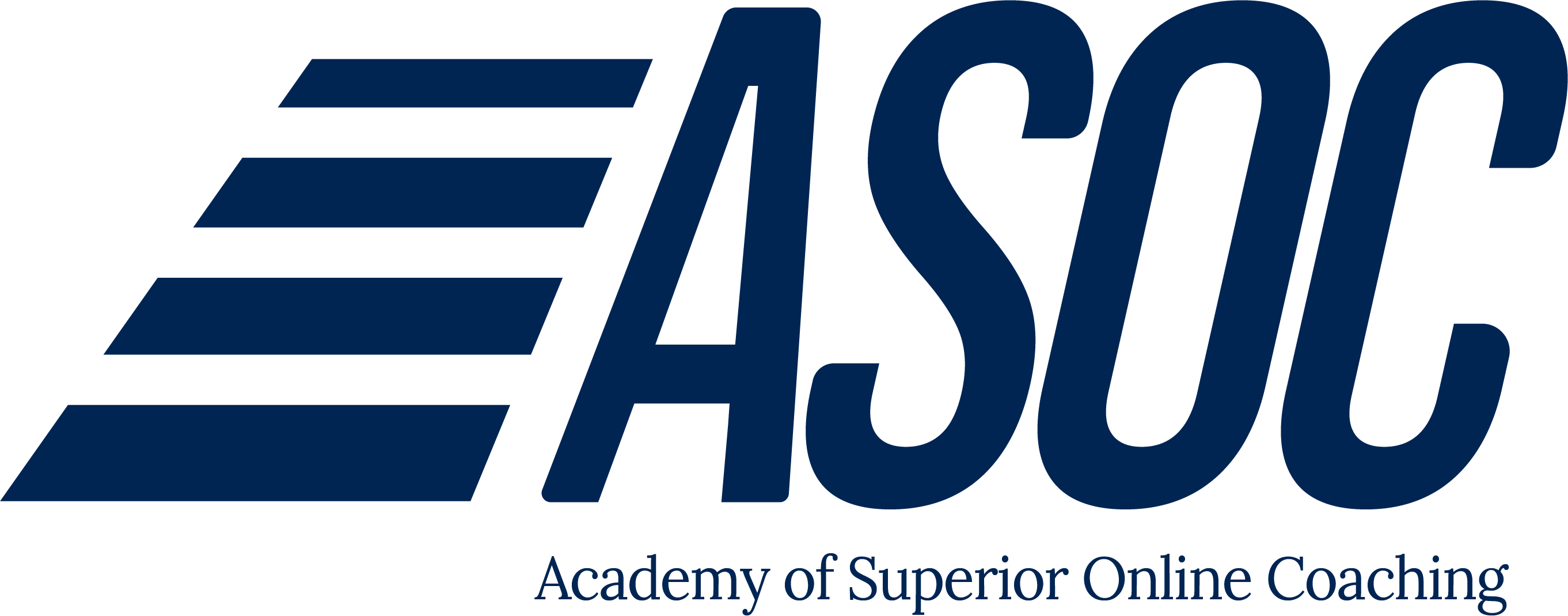The 9 Skill Gaps Holding Personal Trainers Back (And How to Fix Them)
Feb 13
Introduction
Many personal trainers assume they know what is holding them back—whether it is needing more clients, better marketing strategies, or earning additional certifications. While these factors can contribute to growth, they are often not the real issue preventing long-term success.
The reality is that without identifying critical skill gaps, trainers tend to focus on areas where they already feel comfortable while neglecting those that truly require development. This leads to stagnation and frustration, making it difficult to progress in their careers.
This article explores the nine essential skills every personal trainer needs, the self-serving bias that keeps trainers stuck, and a proven strategy to assess and improve weaknesses for sustainable career growth.
The 9 Essential Skills Every Personal Trainer Needs
To build a successful and sustainable career, personal trainers must develop a diverse skill set that goes beyond just designing effective workouts.
Through self-assessment, many trainers realize that their biggest challenges are not what they initially expected. The following nine skills are critical for long-term success in personal training:
1. Programming
Trainers must be able to create structured, progressive, and effective training programs that are tailored to their clients’ goals, fitness levels, and limitations. Strong programming skills help trainers deliver results while minimizing injury risks.
2. Client Retention
Acquiring new clients is important, but keeping them engaged long-term is even more critical. Trainers must develop strategies to maintain motivation, track progress, and build relationships to prevent high client turnover.
3. Sales & Consultations
A lack of sales skills is one of the biggest reasons trainers struggle financially. Many avoid sales because they feel uncomfortable with the process. However, learning how to confidently host consultations, communicate value, and convert leads into paying clients is a necessary skill.
4. Communication
Effective communication is more than just talking to clients—it involves active listening, motivational coaching, and clear instruction.
However, communication does not end with sales calls and session check-ins. Trainers must also ask themselves:
- Are you keeping up with your clients outside of sessions?
- Do you ghost their messages longer than you promised? If you guarantee a 24-hour response time but frequently take three days, that erodes trust.
- Are you clear about your schedule and availability? If you have set days off or occasional delays in responding, clients should know what to expect.
Communication gaps can damage the trainer-client relationship just as much as poor programming. Setting clear expectations and maintaining consistent engagement is essential for client retention.
5. Client Assessments & Reassessments
Many trainers perform initial fitness assessments, but fewer take the time to reassess their clients regularly.
Reassessments are not just for you as the trainer—they are for the client. As a coach, you might notice subtle improvements in a client’s movement patterns, strength, or endurance. However, most clients do not recognize their own progress—especially when they see themselves in the mirror every day.
This lack of visible progress is a major reason why clients lose motivation and fall off programs.
Reassessing clients every 8-12 weeks provides:
- Objective proof of improvement, keeping clients motivated.
- A clearer direction for better programming, ensuring their workouts evolve as they progress.
- Increased client retention, as they feel reassured that their investment is paying off.
Skipping reassessments means missing out on a powerful tool for client retention and long-term success.
6. Digital Marketing
A strong online presence is essential in today’s fitness industry. Trainers must understand SEO, content marketing, and social media strategies to effectively promote their services, attract leads, and establish credibility.
7. Time Management
Balancing a busy schedule, handling multiple clients, and making time for business development require strong time management skills. Trainers who can efficiently plan their day will increase productivity and reduce burnout.
8. Technology & Coaching Tools
Modern personal training relies on digital tools for tracking client progress, offering remote coaching, and automating scheduling. Trainers must be comfortable using fitness apps, CRM systems, and video conferencing tools to streamline their business.
9. Continuous Learning
The fitness industry is constantly evolving. Trainers who commit to ongoing education—through certifications, mentorships, and research—will stay ahead of industry trends and provide better service to their clients.
Many trainers find they excel in a few of these areas while struggling significantly in others. Identifying where the gaps exist is the first step toward improvement.
Why Personal Trainers Stay Stuck: The Self-Serving Bias
One of the biggest reasons personal trainers fail to progress is due to the self-serving bias—a psychological tendency where individuals credit their successes to personal ability but blame failures on external factors.
This bias can be particularly damaging in personal training because it prevents trainers from objectively assessing their weaknesses. It often manifests in the following ways:
- Focusing on strengths rather than weaknesses: Many trainers spend excessive time perfecting programming and workout design but avoid developing their sales and marketing skills.
- Over-reliance on client referrals: Some trainers believe that great results alone will bring in new clients, rather than proactively learning marketing strategies to attract leads.
- Avoiding business development tasks: Many trainers get caught up in training clients all day but neglect critical aspects of business growth, such as branding, lead generation, and financial management.
- Failure to reassess clients: Trainers often conduct initial fitness assessments but fail to follow up consistently, leading to a lack of measurable progress tracking.
- Blaming external factors for a lack of success: Trainers may attribute a lack of clients to market saturation, economic downturns, or social media algorithms, rather than acknowledging gaps in their marketing and networking efforts.
Recognizing this bias is crucial because personal growth only happens when trainers take full responsibility for their success and actively work on their weaknesses.
How to Identify Strengths and Weaknesses
A structured self-assessment tool can help trainers objectively evaluate their skill levels in these nine key areas.
🔗 Access the Free Personal Trainer Self-Assessment Tool Here
Thank you! You will receive your access via email in less than 10 minutes. Please don't forget to check your spam folder, and if you find us in there – drag us out of there and into your inbox!
What to Do After Identifying Skill Gaps
For those seeking a structured and guided approach, the Online Personal Training Specialist (OPTS) Certificate Course was created to help trainers systematically build missing skills.
How the OPTS Course Helps Personal Trainers:
- Step-by-step training in all nine key areas, including client retention, sales, and digital marketing.
- Hands-on assignments to ensure trainers apply their learning in real-world scenarios.
- Focus on business growth strategies to help trainers scale their income and reach more clients.
By following a structured learning path, trainers can develop a complete skill set that ensures long-term success in the industry.
Frequently Asked Questions (FAQs)
1. What is the biggest skill gap among personal trainers?
The most common gaps are sales, client retention, and digital marketing, as trainers often focus on workouts rather than business development.
2. How can personal trainers improve their sales skills?
Sales skills improve through practice, learning persuasive communication techniques, and understanding how to align services with client needs.
3. Why is digital marketing important for personal trainers?
A strong digital presence helps trainers attract new clients, establish authority, and increase revenue through content marketing and social media strategies.
4. How often should trainers assess their skill levels?
Self-assessment should be done quarterly to track progress and adjust focus areas accordingly
5. How does technology benefit personal trainers?
Using fitness apps, CRM systems, and automation tools helps trainers manage clients more efficiently and offer remote coaching.
By focusing on continuous improvement, personal trainers can build a thriving and sustainable career that goes beyond just programming workouts.

Address: 9630 South Quarter Horse Road, Casa Grande, AZ 85193
Email: contact@asoctrainer.com
Phone: (480) 269-0609
Email: contact@asoctrainer.com
Phone: (480) 269-0609
Copyright © 2025
